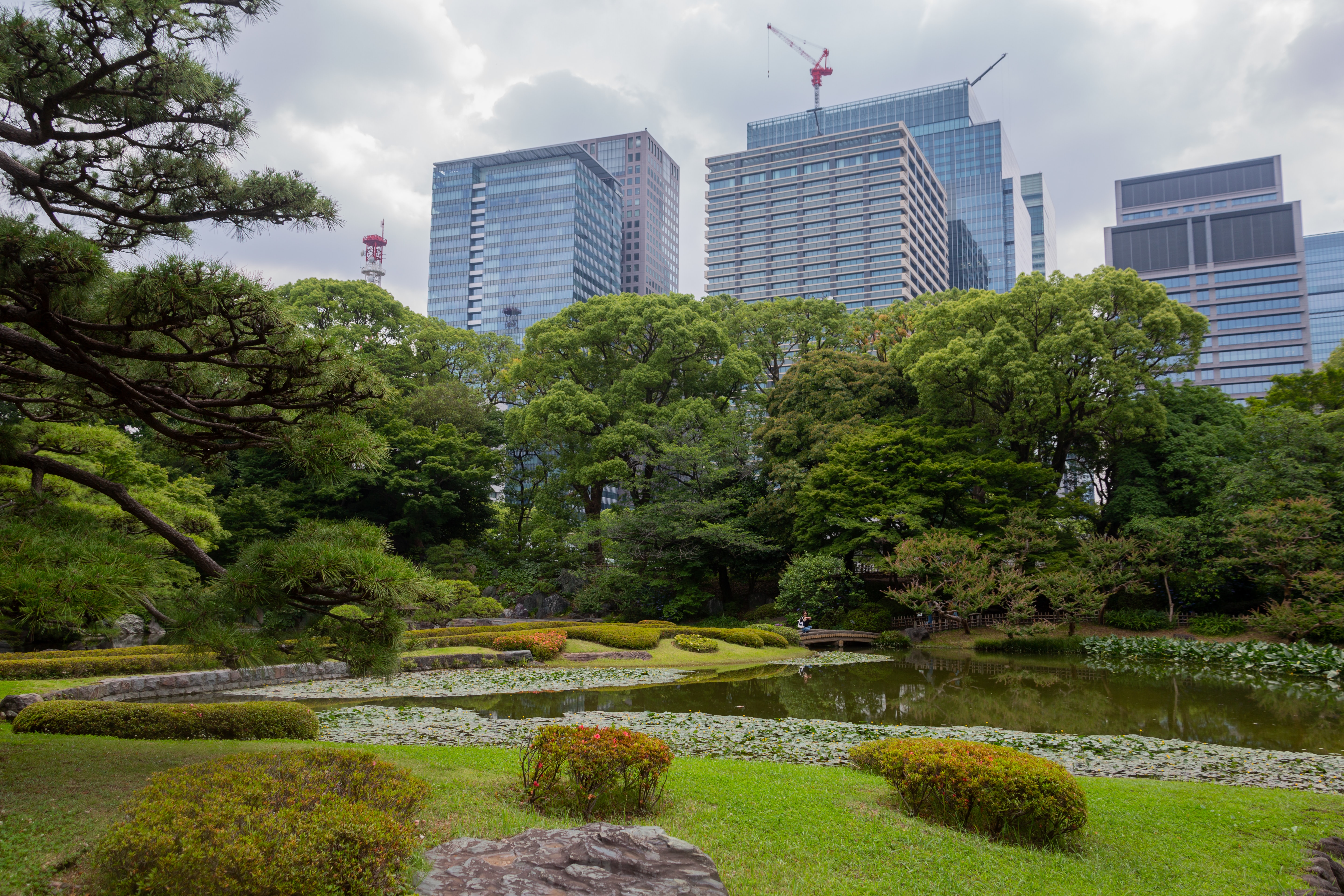Integrating urban biodiversity, natural capital accounting and nature-based solutions
Node Page:
Greening Cities
Image:

Color Filter:
Environment
sub title show:
Yes
Integrating urban biodiversity, natural capital accounting and nature-based solutions
